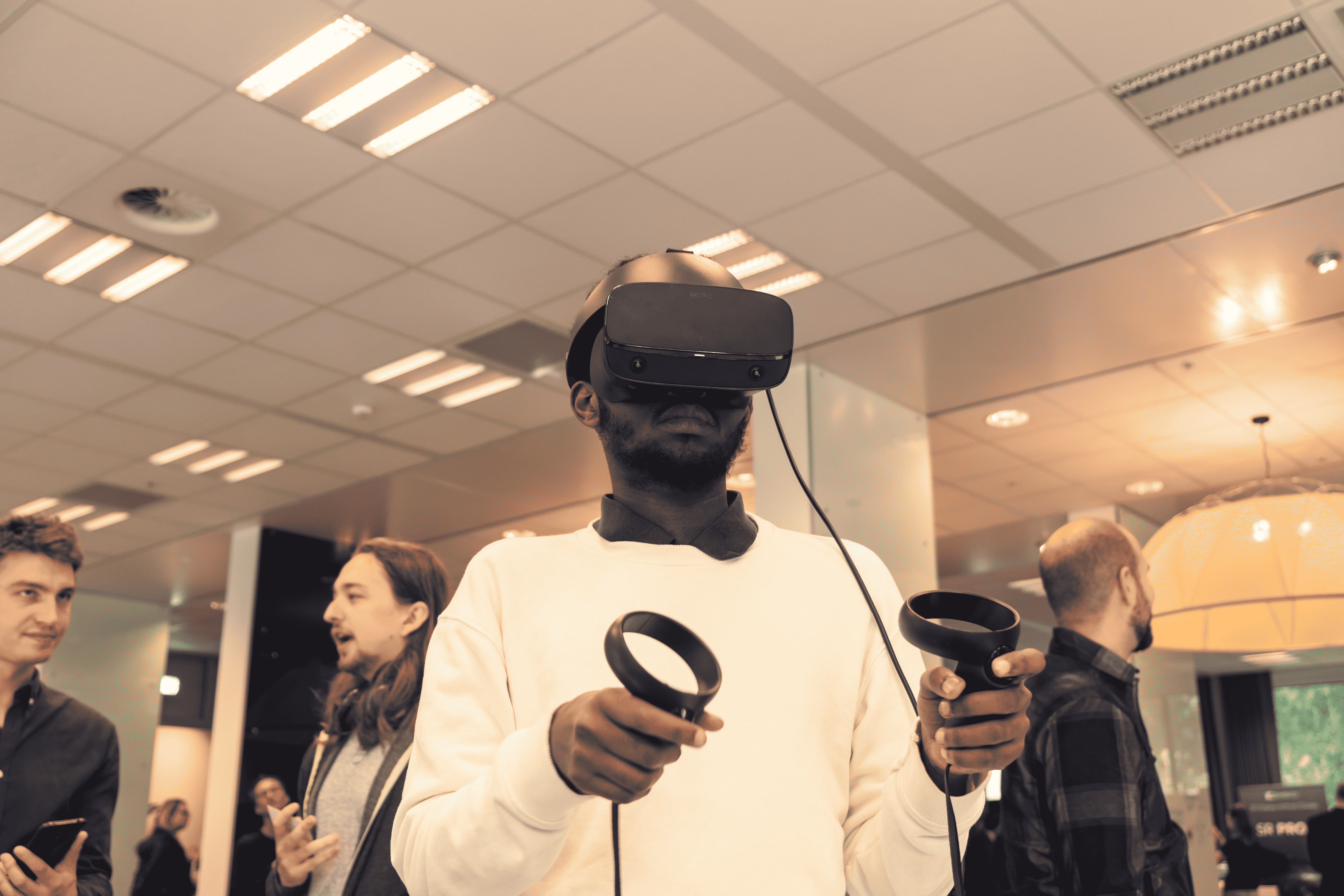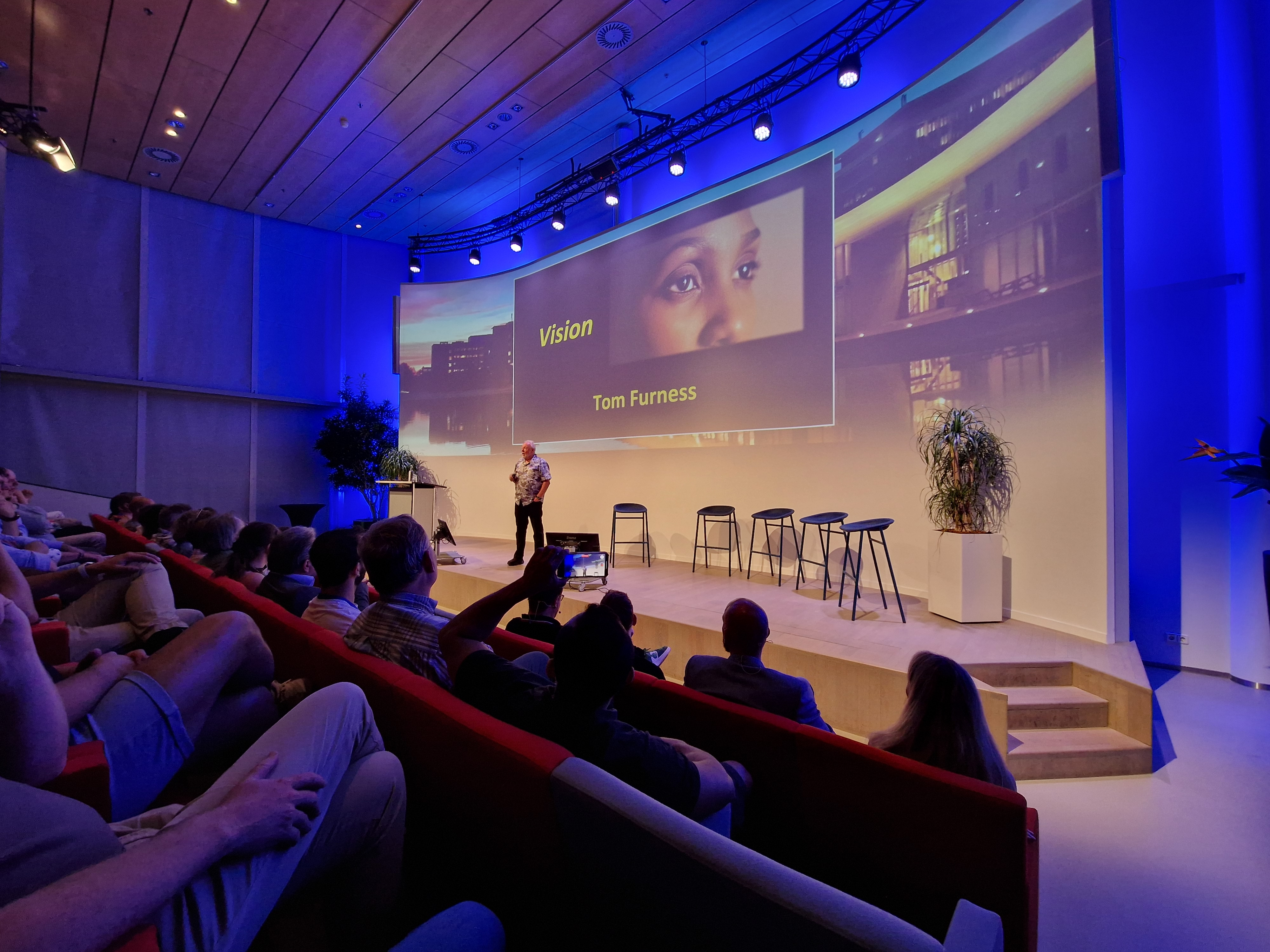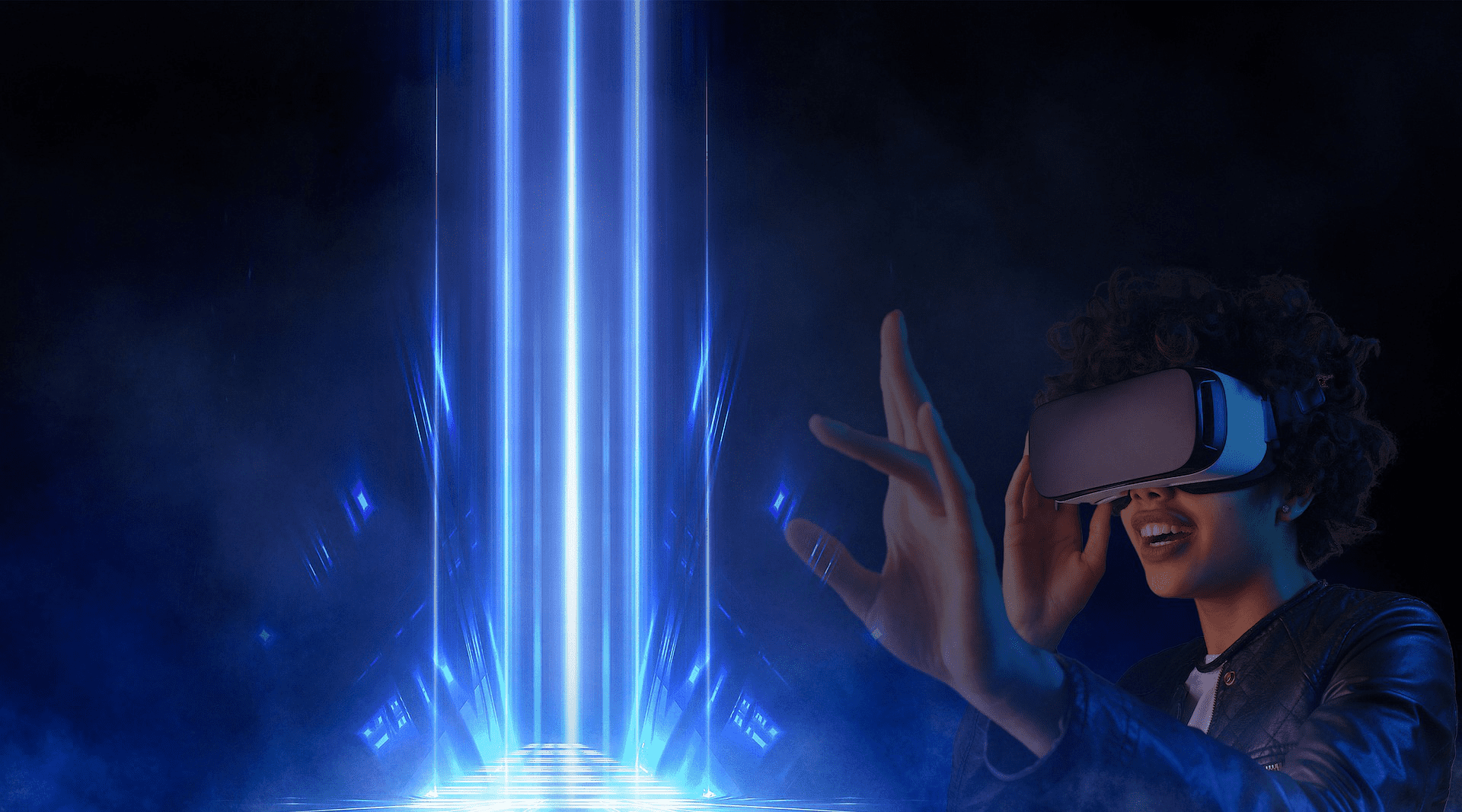
“It’s an embodied Internet that you’re inside rather than just looking at,” said Facebook’s creator Mark Zuckerberg in defining the metaverse. Since he announced the rebranding of his company to Meta, this concept has been all around.
Nonetheless, the idea is nothing new. It has been around for over thirty years, as the expression was first coined by Neal Stephenson in the science fiction novel “Snow Crash”. Using this term, the author referred to an online world where humans could escape the meat space.
Furthermore, the word’s etymology better clarifies the concept. Meta derives from ancient Greek and means beyond. Aristoteles himself referred to metaphysics as something that goes far beyond what is physical. Verse is an abbreviation of universe.
It is a virtual reality space existing alongside the physical world, accessible through the internet.
People can meet, interact, and engage in various activities, from business and education related to mere socializing.
The Metaverse became a trend after the head of Facebook announced the rebranding of all of his companies to Meta. At the same time, he announced the development of a platform where to share immersive experiences in 3D and in the physical world.
AR and VR
Behind the development of the metaverse, there’s the growing popularity of virtual reality (VR) and augmented reality (AR) technologies. VR is a computer-generated representation of a 3D environment. People immerse themselves in a digital world using visors, headsets, and handheld controllers to view and interact with the scenario.
Rather than escaping into a new world, AR creates a new version of reality. AR indeed overlays digital information and graphics onto the physical world. Smartphones, special glasses, and headsets superimpose this data, showing an enhanced version of reality. An example comes from the recent Football World Cup, where fans at the stadium could see in real-time further data about the ongoing match through their smartphone’s camera.
AR and VR have many applications, including gaming, education, and training. But the metaverse is more than wearing a visor or seeing graphic elements in monuments. It wants to be a fully digital world accessible at any moment, where to create, communicate, and collaborate.
What are the core attributes of the metaverse?
The metaverse wants to be a fully functioning universe. These six core attributes provide a clearer view of the features it will – or intends – to have.
- Persistent. A metaverse is continuous and indefinite – as time is. It keeps going endlessly. In addition, it is synchronous and live, operating in real-time and available to everyone.
- Inclusive. Anyone can be part of the metaverse and partake in all its benefits.
- Fully functioning economy. Individuals and companies can own, create, and sell goods and services generating added value for other users. As a result, they can get paid for them.
- Interdimensional experience. The metaverse reaches both into the physical and digital world, private and public experiences, and open and closed platforms.
- Variety of contributors. It should be filled with content and experience generated by contributors of different sorts, either self-employed or structured businesses.
- Interoperability. Digital possessions – video game items or data – can be shared across different realms of the universe.
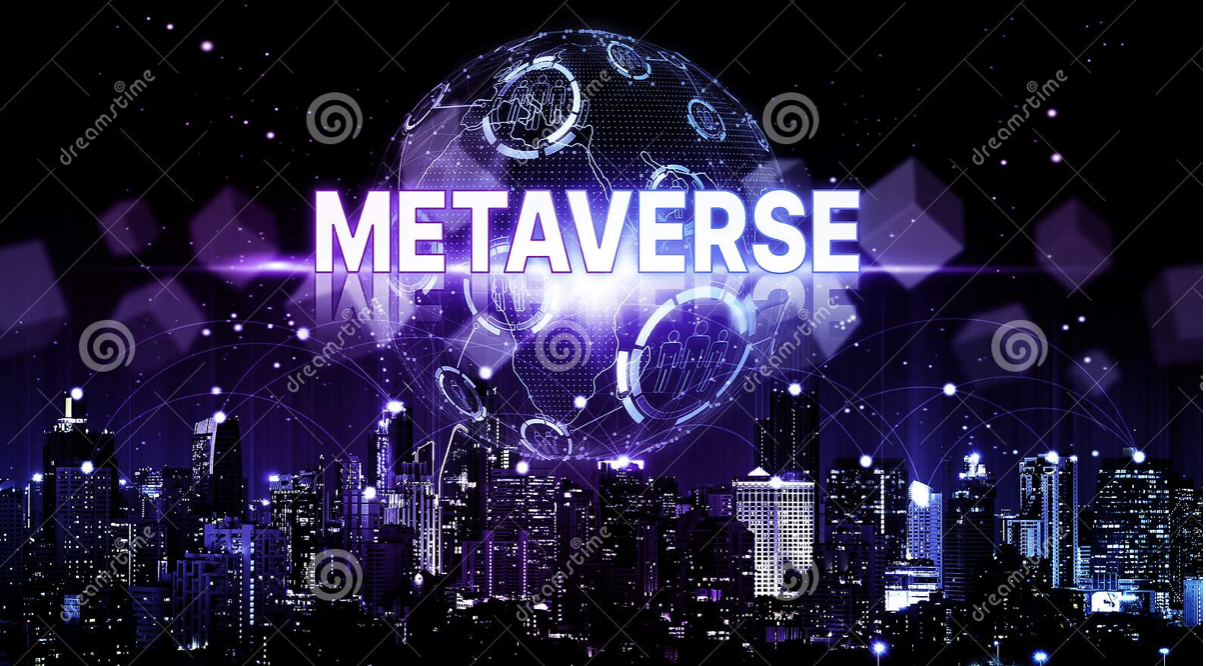
What is not the metaverse?
Parallel to the rise in popularity of the metaverse concept, misconceptions developed too. Here are three of them.
- The metaverse is VR. Wrong, VR represents a way to access the metaverse, a technology that allows experiencing virtual worlds. The metaverse is a platform in current development, while VR exists already.
- The metaverse is a user-generated virtual world. No, user-generated content is only a part of it.
- Metaverse is a video game. Even though you can play video games within a virtual universe, they are just one of the experiences within it. Furthermore, video games have a specific purpose – fun and entertainment – they are unintegrated – two titles don’t – and they are temporary – they reset after a game is over.
Yet, video games laid down the foundations of the metaverse. Platforms and video games such as Second Life, The Sims, or Minecraft have been offering the chance to immerse yourself in a virtual world for years. There, users can create their own avatars, build their own houses, and establish social relationships. They’re referred to as proto-metaverses “as they represent ancestors of the metaverse as we now know it.
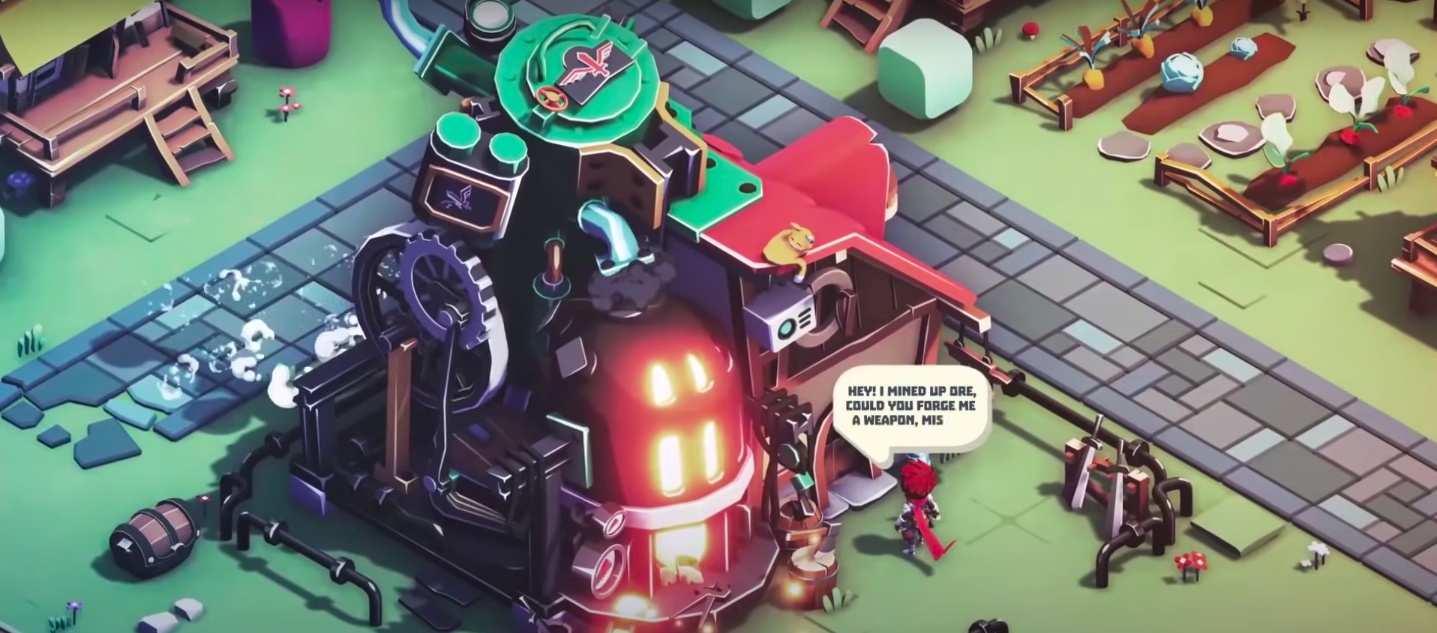
Who’s creating metaverses?
Besides Facebook, many more metaverse projects are arising. Many of them are linked to blockchain technologies, that allow greater decentralization. In short, a blockchain is a digital ledger that stores information in an encrypted way.
Among the dozens of projects, there’s Decentraland, which makes the exploitation of virtual lands possible. The Sandbox focuses on marketing, selling, and trading digital assets like NFTs or cryptocurrency.
Microsoft itself is working on linking its products to the metaverse. Their Mesh platform attempted to make Microsoft Teams users gather in virtual reality. Other famous brands, such as Nike, Coca-Cola, and Hyundai tapped into Roblox – a virtual gaming platform – to create experiences and their own universes.
What to expect?
First, you can experience the metaverse through many platforms, such as Roblox, Meta, and Altspace VR. Meanwhile, more and more companies are scaling up and investing in new initiatives.




